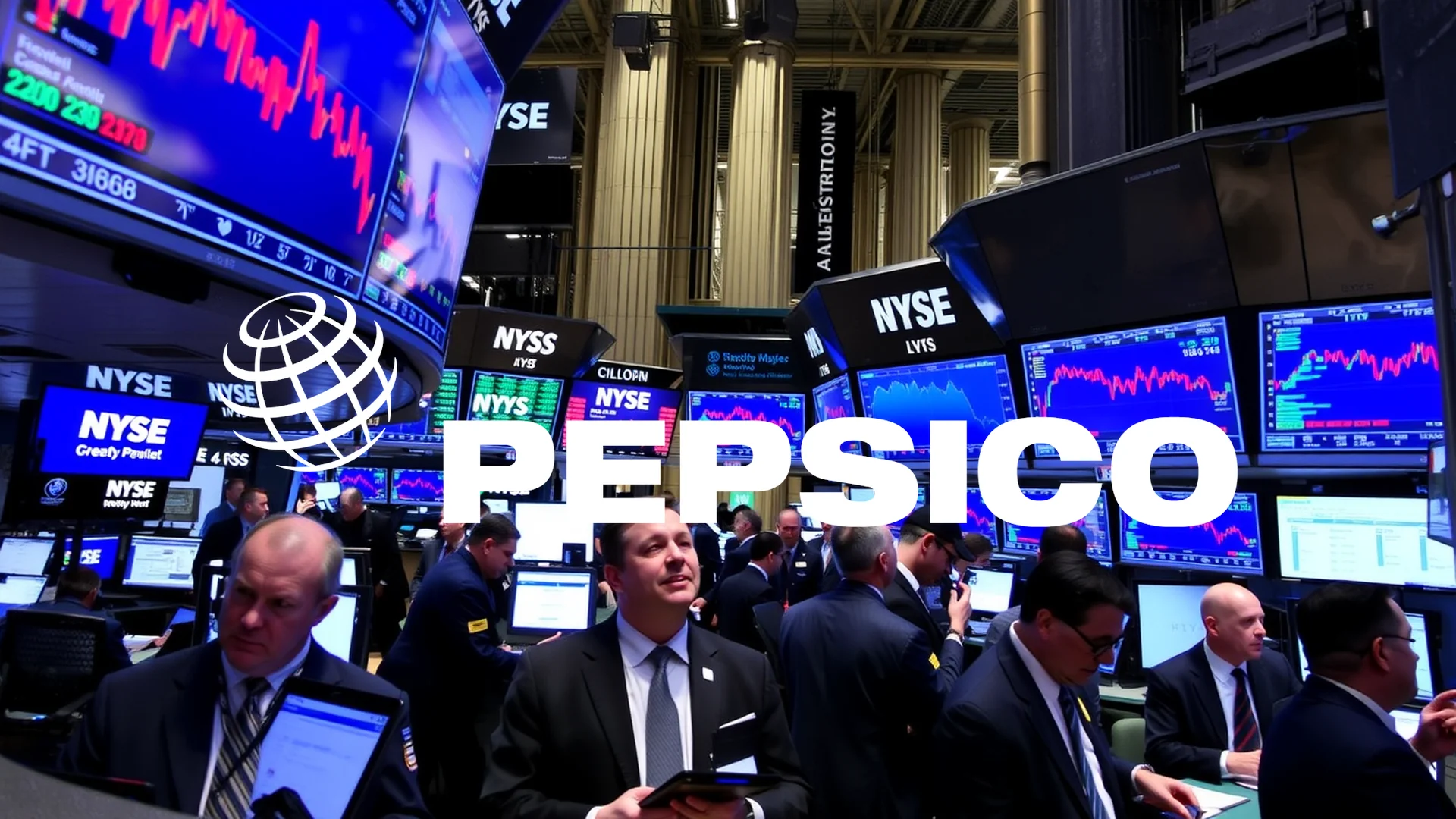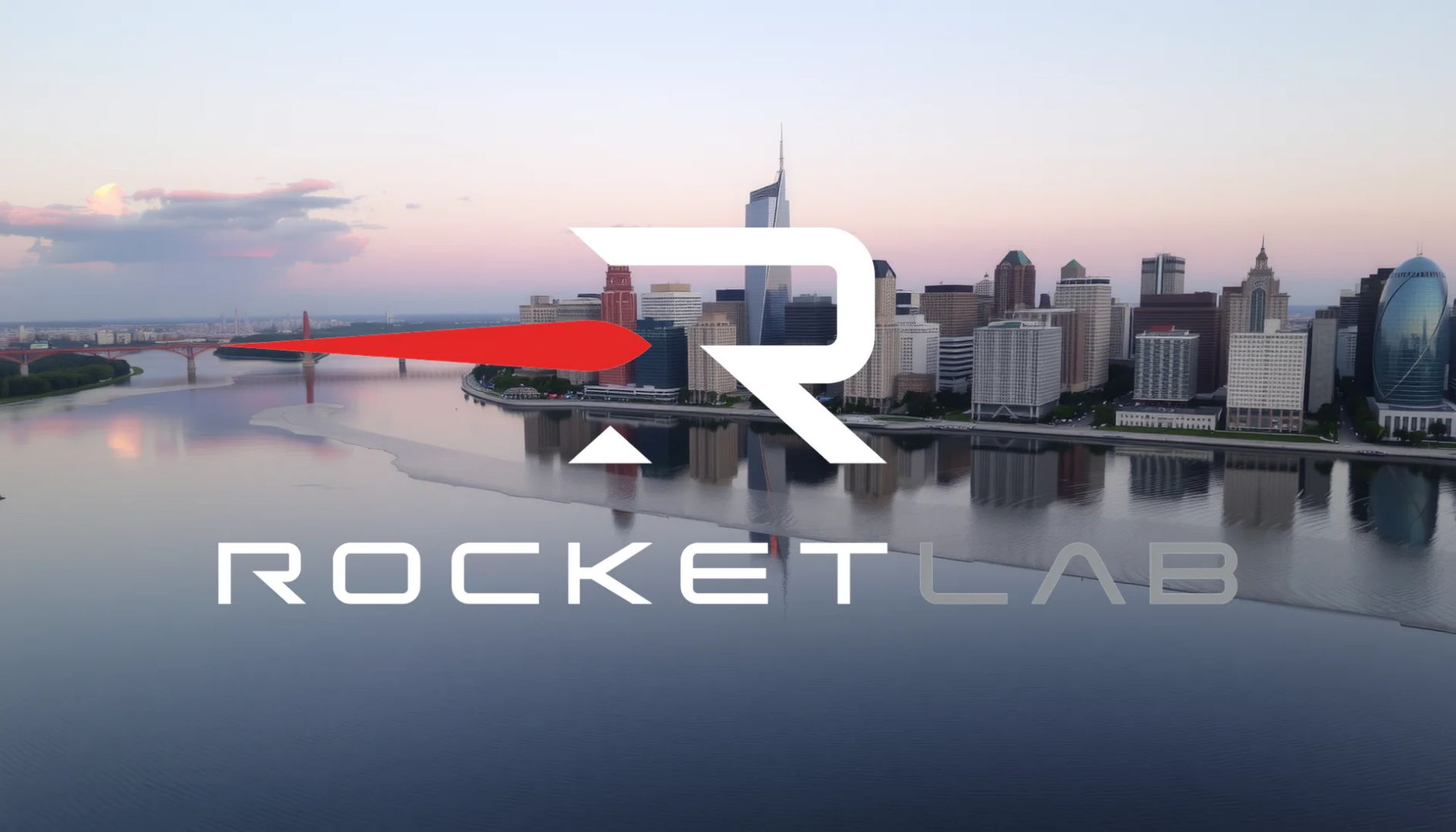Facing persistent margin pressure, PepsiCo is initiating a profound operational shift within its North American business. The core concept is straightforward: one warehouse instead of two, one delivery truck instead of two, and a single invoice. The beverage and snack titan is currently trialing this model in Texas, testing the outcome of delivering chips and soda together, rather than maintaining their traditionally separate supply chains. This operational revolution raises a critical question: can it effectively counter eroding profitability, or is it merely a costly endeavor to buy time?
Mounting Financial Pressure Spurs Action
The impetus for this restructuring is clear. PepsiCo is navigating a challenging landscape characterized by softening consumer demand, shifting eating habits, and compressed margins. While the third quarter reported revenues slightly surpassing expectations, net profit contracted compared to the previous year. Management’s response centers on “adjusting the cost base”—a corporate euphemism signaling an urgent need to reduce expenses.
This distribution consolidation forms a key component of a multi-year efficiency drive. The timing is strategic, underscored by the appointment of Steve Schmitt as the new Chief Financial Officer on November 10th, who joined directly from Walmart. His mandate is unambiguous: enforce cost discipline and refine pricing strategy. The quarterly results released on October 9th highlighted the necessity for action; the figures were solid yet insufficient to fully reassure the investor community.
Texas: The Testing Ground for a Radical Integration
For decades, PepsiCo operated its two cash cows—Frito-Lay snacks and Pepsi beverages—as distinct entities with separate warehouses, delivery fleets, and sales teams. That long-standing practice is now being challenged in the pilot program based in Texas. Here, chips, nachos, and soft drinks are being co-located in the same distribution center and delivered to retailers on the same truck.
Should investors sell immediately? Or is it worth buying Pepsi?
In an October conference call, CEO Ramon Laguarta elaborated on the strategic rationale, stating, “Texas is probably the state where we have the biggest opportunity, given our low share in beverages and our high share in snacks.” The underlying logic is compelling: when a delivery driver is already at a retailer to stock Doritos, they can simultaneously drop off pallets of Pepsi.
This logistical merger is facilitated by advanced technology and data systems that render such a complex integration feasible. Where such coordination was once considered unmanageable, sophisticated software is now tasked with untangling the logistics.
A Nationwide Rollout on the Horizon?
All eyes are on the Texas experiment. Its success hinges on several factors: Can the integration proceed without significant operational friction? Will it yield substantial cost savings? Can a measurable improvement in productivity be demonstrated? Affirmative answers to these questions would likely trigger a rapid expansion of this model to other states.
Looking ahead, PepsiCo has projected low single-digit organic revenue growth for 2025, with earnings expected to remain flat on a constant currency basis. These are not exhilarating forecasts, but they may represent a realistic and achievable target. The new distribution strategy could prove to be the decisive factor. It will either succeed in stabilizing margins in a timely fashion, or force PepsiCo to implement even deeper operational interventions. The upcoming quarterly reports will reveal whether this radical overhaul is taking hold or if the Texas initiative is merely the beginning of a more protracted period of adjustment.
Ad
Pepsi Stock: Buy or Sell?! New Pepsi Analysis from November 19 delivers the answer:
The latest Pepsi figures speak for themselves: Urgent action needed for Pepsi investors. Is it worth buying or should you sell? Find out what to do now in the current free analysis from November 19.
Pepsi: Buy or sell? Read more here...










